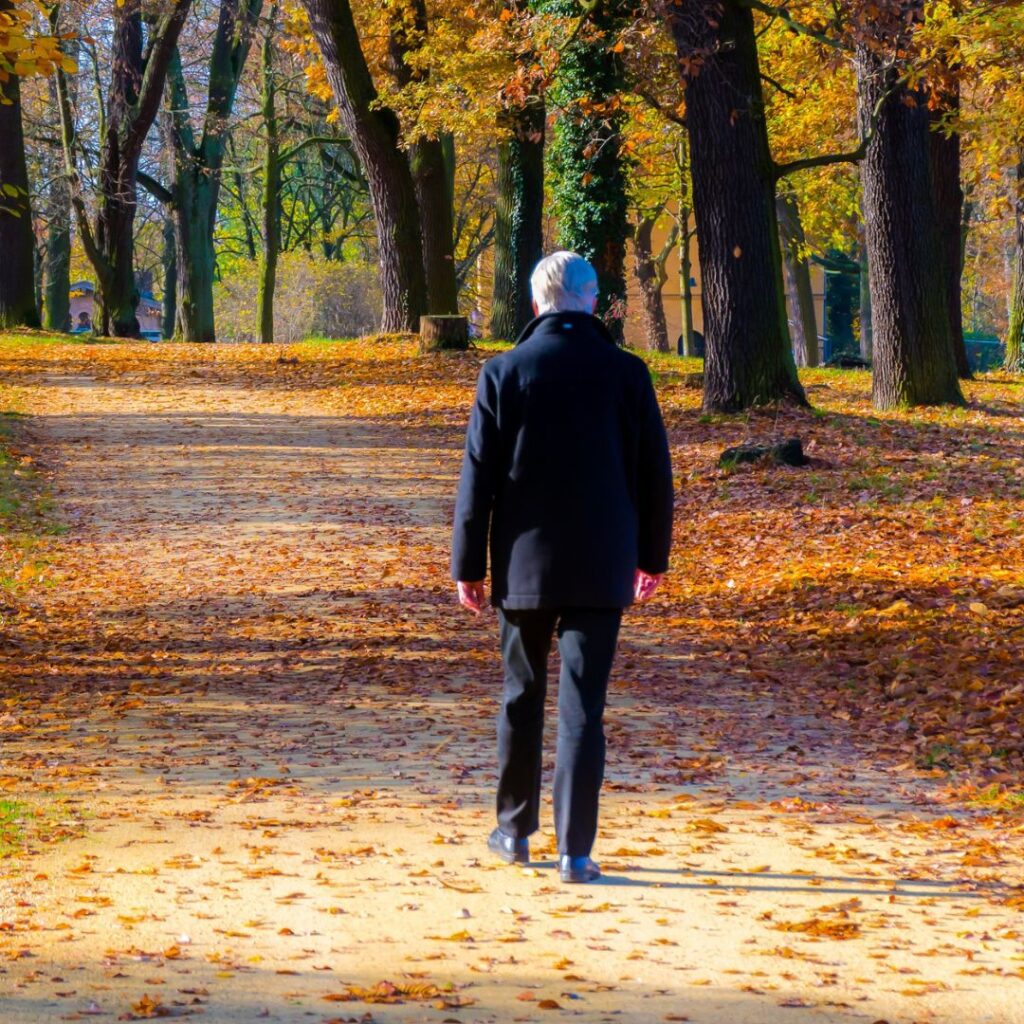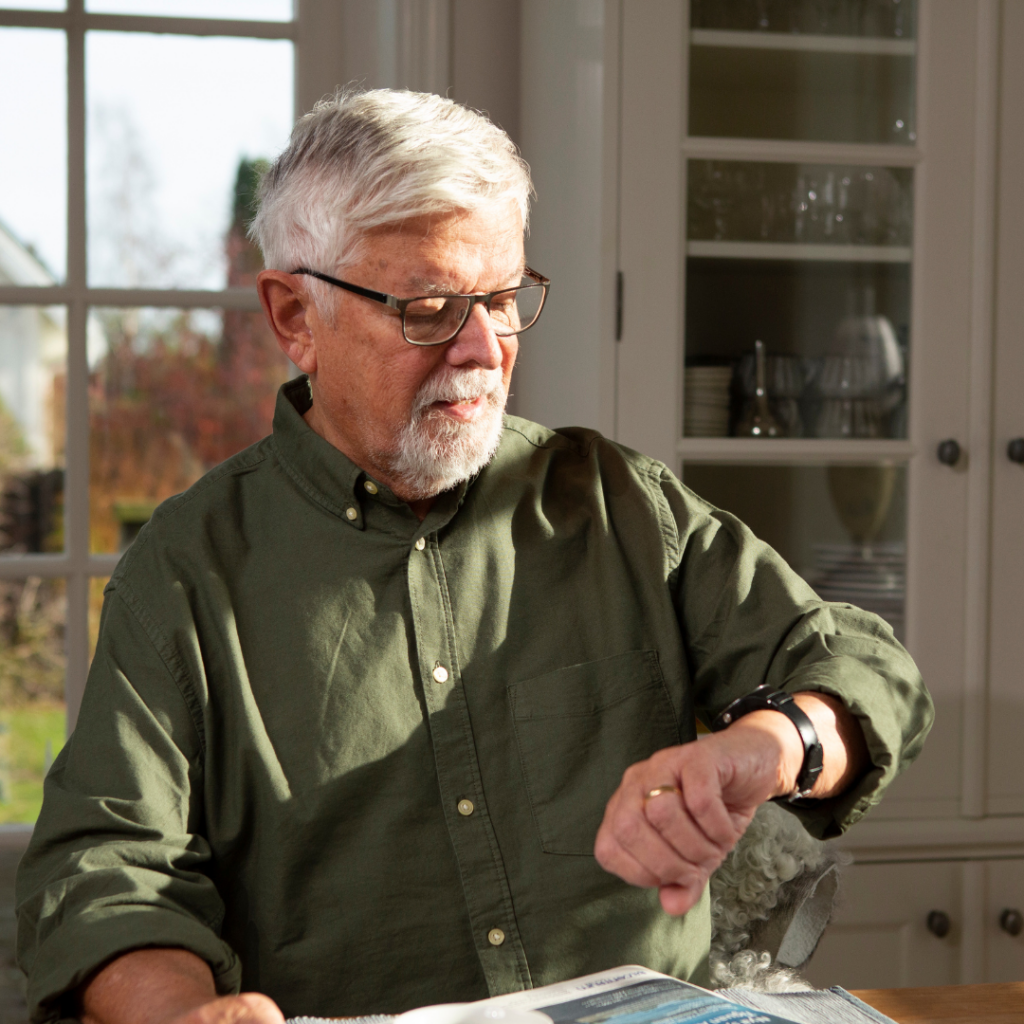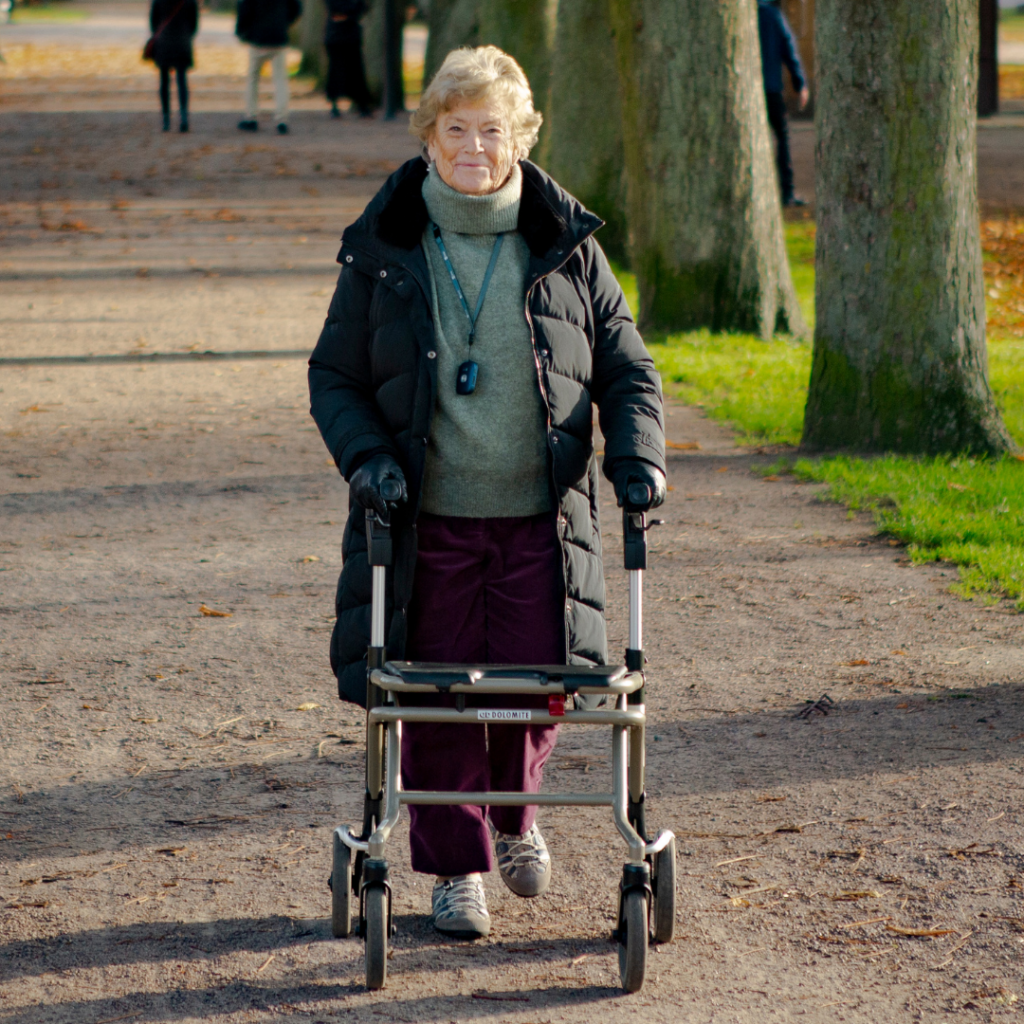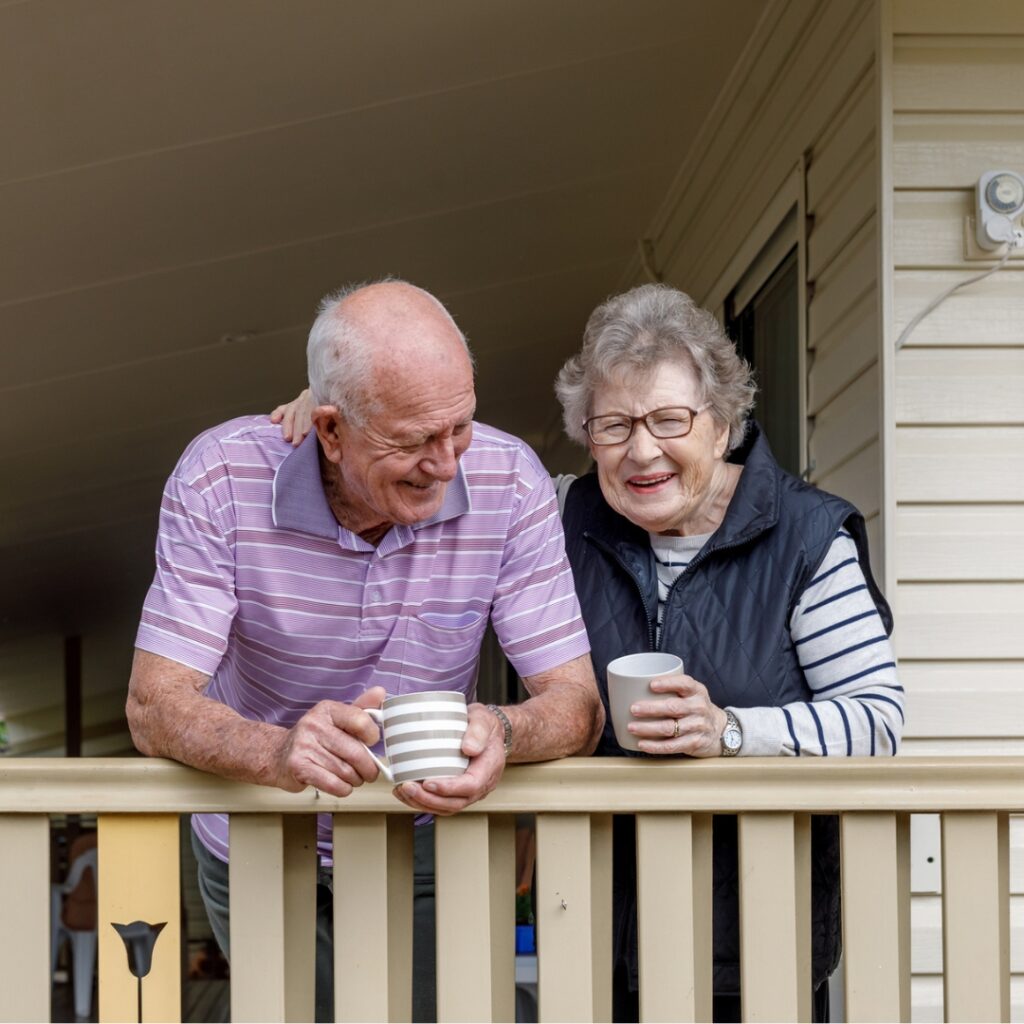
Safer homes for an ageing population
House fires are more common, and more deadly, than many realise. Every year in Sweden around 100 people lose their lives in fires, most of them elderly. A dropped cigarette, a forgotten candle, or a malfunctioning appliance can quickly lead to devastating consequences. How can we, as a society, enhance fire safety for elderly adults in a cost-effective, practical way?
Between January and September 2020, Sweden saw a dramatic rise in fire-related deaths. That is the highest figures recorded since 2005. 83 people lost their lives during that period, a sharp increase from the 81 fatalities recorded during the entire previous year. One suggested explanation was the COVID-19 pandemic, which led to more people being isolated at home – particularly older individuals.
This increase deviates from earlier trends and coincides with another long-term shift: the rapid ageing of the Swedish population. As the number of elderly residents grows, so too does the urgency to implement fire safety measures adapted to their needs
Fire risk factors among the elderly
Sweden’s municipalities provide services to support ageing at home – including home care, adaptations, and technology enabled care. But fire safety remains a complex challenge.
The elderly often experience age-related changes such as decreased mobility, impaired hearing, or limited vision. These physical and cognitive impairments increase the likelihood of both causing and being unable to respond effectively to a fire. Even when the law for fire safety standards are met, the risk remains significant for older individuals.
Traditional smoke alarms isn’t enough
The Swedish Civil Contingencies Agency (MSB) predicts that deaths from domestic fires could increase by more than 30% by 2050 unless we do something. Vulnerable people, especially those living at home, need more than traditional fire alarms; they need connected smoke detectors that can react and respond for them.
A key solution is to connect smoke- and heat detectors to a personal alarm. Many older adults already use our digital devices, which can be monitored around the clock. When a detector is connected to the personal alarm system, a prioritised alarm can be sent to our monitoring centre. Our operators assess the situation and contact emergency services if required.
Eliminating weak links
Research has shown that traditional standalone smoke alarms pose several issues. They rely on functioning batteries, which are often neglected. If the battery dies or is removed, the alarm fails silently.
By integrating smoke detectors with our personal alarm system, battery performance is tracked continuously. If power is low, a notification is automatically sent to our monitoring centre, allowing timely action – either by contacting the home care team or the resident themselves.
Real-world impact: Västervik municipality
One of the most forward-thinking examples of fire safety innovation comes from Västervik Municipality in Sweden. Since 2019, the local fire & rescue service has worked closely with the social services to connect fire detection systems to all personal alarms in the municipality. Nearly 300 integrated detectors have been installed, with very positive feedback.
Our elderly residents constitute one of the largest risk groups. They need the most help and it is crucial that they’re able to raise the alarm as soon as possible
Jakob Dahlquist, Fire Protection Engineer, Västervik Fire & Rescue Service
The initiative was championed politically after a motion was raised to improve fire protection for vulnerable residents. Cross-sector collaboration proved vital to its success. Sven Tholén, Development Director, Västervik Social Services, says: “This issue had been on the agenda for quite some time. The fire & rescue service presented a really good information folder that dispelled all the decision-makers’ doubts”.
More than just smoke alarms
Connecting smoke detectors to personal alarms offers more than fire detection. Because the detectors are linked, they move with the user rather than being fixed to a property. When someone no longer requires the alarm, it can be reassigned – meaning the protection always follows the individual, not just the location.
The system also enhances working conditions for care staff. Sven Tholén, Development Director at Västervik Social Services, explains: “It creates a sense of security for our staff, who know that the fire & rescue service will be there as soon as possible if needed”.
Firefighters involved in installation also assess other home safety risks – like trip hazards or poor lighting – and can report these, enabling further preventative action.
Cost-effective protection with wide benefits
The total cost of the project in Västervik was SEK 750,000. In return, the municipality gained enhanced protection for hundreds of residents and stronger cross-department collaboration, meanwhile reducing emergency call-outs.
We think this is extremely cheap in relation to the level of security we get – Sven Tholén
Jakob Dahlquist, Fire Protection Engineer, Västervik Fire & Rescue Service, says: “This is one of the most reassuring and best initiatives Västervik Municipality has implemented to avoid the accidents and deadly fires that are so difficult to tackle”
This model shows how a simple adjustment – connecting existing personal alarms to monitored smoke detectors – can reduce risk, improve quality of life, and create a more resilient care ecosystem.
A scalable model for safer ageing
The fire protection built into our homes must evolve to meet the needs of an ageing population. By connecting monitored smoke detectors with digital care systems, we can ensure quicker responses, reduce preventable deaths, and create safer homes for those who need support the most.
Last updated: July 8 2025
Discover more
- Our smoke alarms can be interlinked with our CO– and Heat detectors.
- Read the full testimonial from Västervik Municipality.
Download Whitepaper (original):
Fire safety for an ageing population
More White papers











 International
International
 France
France
